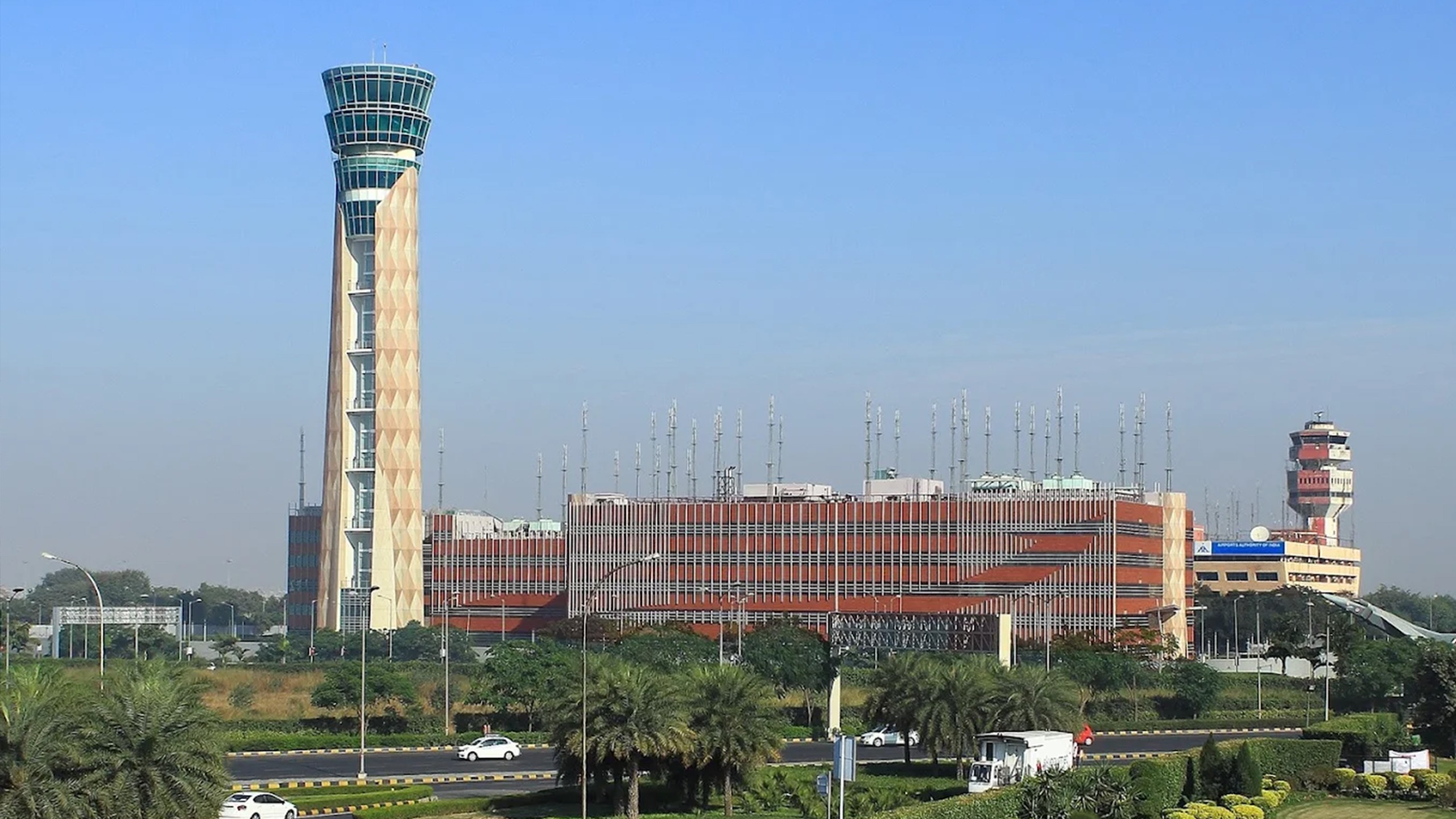
For over a century, aviation has thrived on innovation—radar, jet engines, GPS, satellite navigation, real-time flight tracking. Each wave of technology has reshaped how the industry operates, making it faster, safer, and more efficient. Now, 5G has arrived, and it’s not just another incremental upgrade. It’s the digital backbone for the future of air travel, transforming aircraft, airports, and passenger journeys in ways we are only beginning to imagine. Robust Airport Infrastructure Maintenance and Development ensures that 5G-enabled systems perform at their full potential.
Modern aircraft produce more data in a single flight than most companies do in a month. From engine diagnostics and predictive maintenance signals to weather patterns and passenger behavior, this data is priceless. Yet today, much of it sits idle until the aircraft lands.
5G changes that by enabling real-time, high-capacity, ultra-low latency communication between aircraft and ground systems:
In essence, planes stop being isolated data silos and become integrated nodes in a constantly connected aviation ecosystem.
Airports are among the most complex logistical networks in the world. Every delay, bottleneck, or misstep ripples across the system. 5G allows airports to evolve into smart, responsive ecosystems where every piece, from passenger to plane, is connected.
According to industry studies, efficiency gains like these could save airports and airlines billions annually, while also boosting capacity without expanding physical infrastructure.
Air travel has long suffered from “experience fatigue.” Unreliable in-flight Wi-Fi, long lines and uncertainty have frustrated passengers for decades. 5G promises to rewrite this story:
Supporting these systems requires continuous Airport Infrastructure Maintenance and Development, ensuring terminals, IT networks, and operational assets can handle the increased connectivity load.
Aviation’s future won’t only be defined by bigger, faster aircraft. It will also be shaped by new entrants into the sky, drones, autonomous cargo flights and urban air mobility solutions. All of them depend on real-time, resilient connectivity.
These emerging innovations will remain prototypes without the connectivity and reliability that 5G delivers.
The opportunities are immense, but so are the challenges:
Still, the aviation industry has a strong track record of overcoming similar barriers. What once seemed futuristic, radar, GPS, fly-by-wire, is now everyday reality. 5G is on the same path.
5G is not about ticking the “faster internet” box. It is about creating a fully connected aviation ecosystem, where aircraft, airports, passengers, and emerging technologies like drones and air taxis are seamlessly linked in real time. Sustainable Airport Infrastructure Maintenance and Development ensures these systems operate reliably and efficiently, maximizing the benefits of 5G.
This is more than a network upgrade. It is a foundational disruptor, the backbone of aviation’s next era. For those who embrace it, the runway is clear for safer, smarter, more efficient and more customer-centric skies.
The future of aviation is here. It’s time to take flight.
As Roy Sebastian, CEO – GEMS, says:
"5G is not just a faster network for aviation, it is the backbone of a new connected ecosystem where aircraft, airports, and passengers operate in real time. It is the true disruptor that will define the next era of smarter, safer, and more seamless skies."
Contact us: Rohitkumar.Singh@gmrgroup.in | +91 97171 99753